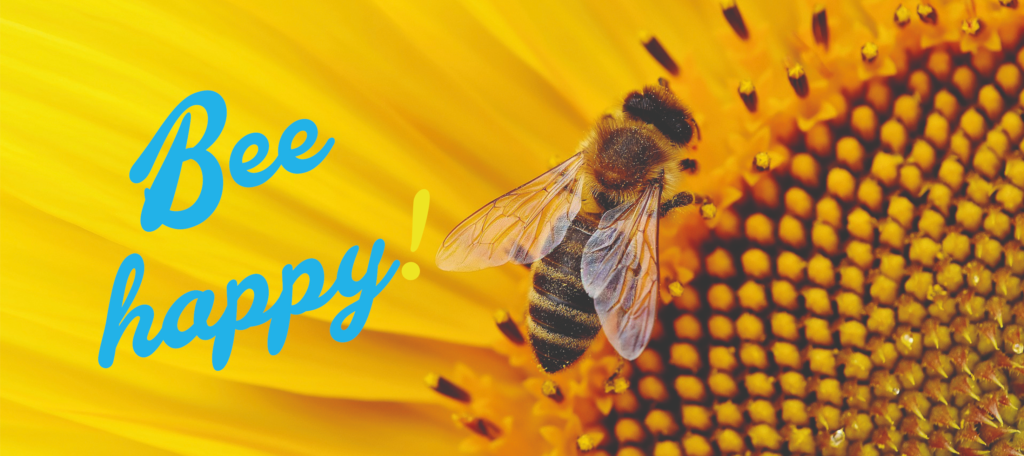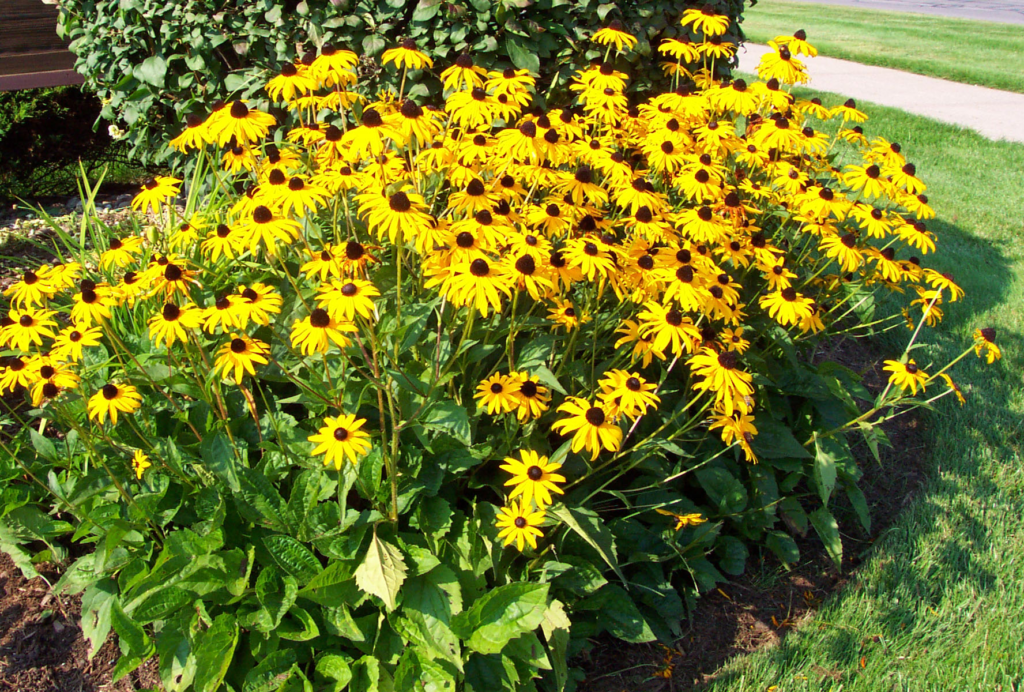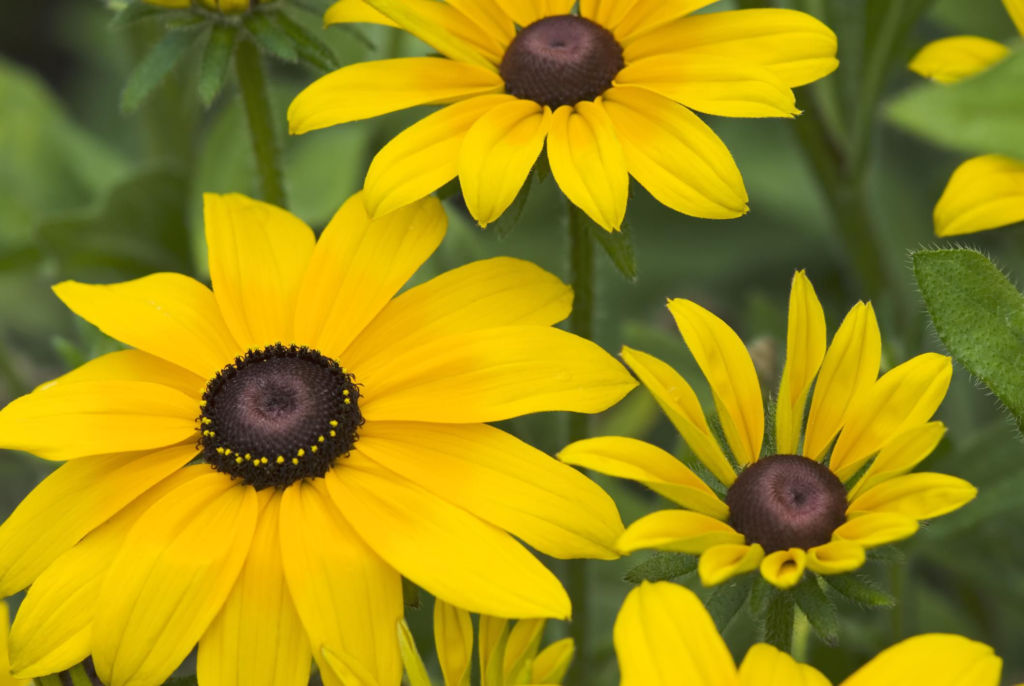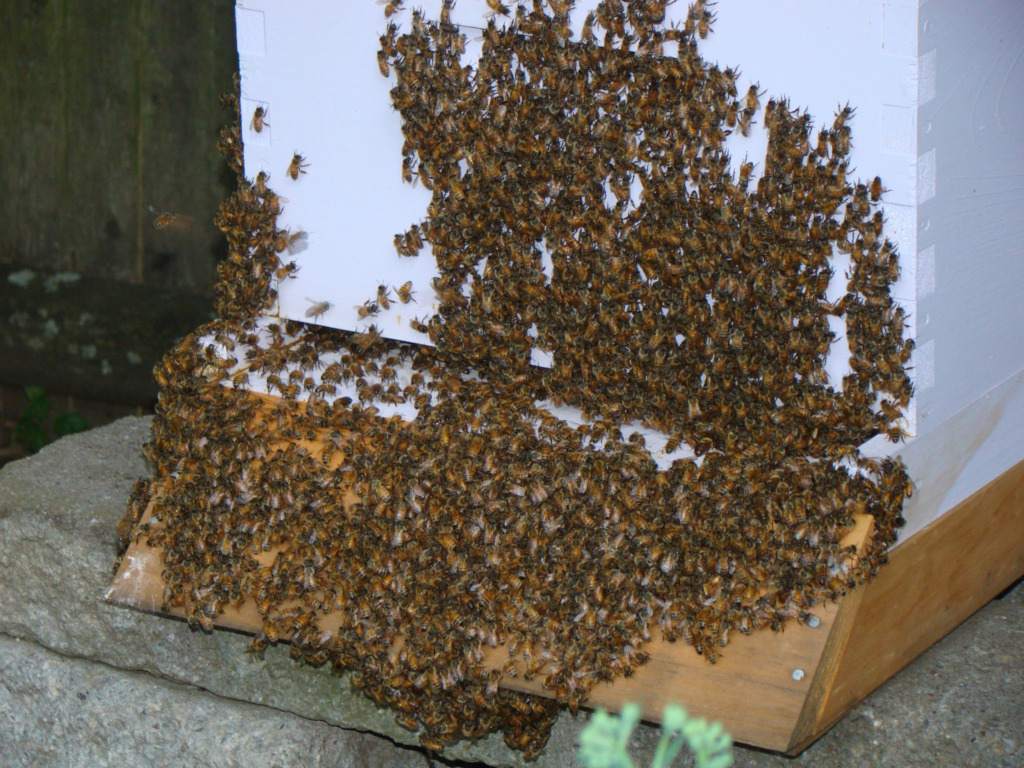
Summer around here is extremely hot this year. At 5:00 this morning the temp was already 77 outside with an expected high of 108 today. The older I get, the more intolerant of extreme temperatures I become. 105 degrees is just about the hottest day I want to suffer through, even though I will forever love the desert and all she has to offer.
ilovethedesertilovethedesertilovethedesert
The plants in our garden are giving us mixed messages. Some love the hot summer and others have decided their growing season is over. We were so lucky to have enjoyed the lovely blooms as long as we have.


The Black-Eyed Susan’s grown from seeds don’t care a lick about the desert highs. They are putting on a beautiful show and the bees are thankful. These gorgeous flowers will bloom all summer and then go to sleep until next year. Next year they’ll come back from rhizomes they are creating now. A great choice for both us and the bees.
As for the bees, the news is better than it was last week. They are indeed storing honey away for the winter while producing more bees. Our queen continues doing her job in spite of the hot temperatures. The internal temperature of a hive must remain between 93 – 97 degrees in all seasons. They maintain this in a variety of ways, which is pretty amazing on its own. We may see some bearding in the afternoon when they come out near the entrance and fan their wings to create a draft inside.

The Bee Lady paid us a visit yesterday taking away some of our abundant apricot crop. She went home to can 28 quarts. Now, THAT is a lot of work on a hot summer day. Our tree is a magnificent producer, but with these extreme temps, much of the fruit has been lost to rot or ants. To find a friend that wants to take fruit is amazing. Apricot season will be finished by the weekend.

Next week, the plums will begin to ripen and we have a bumper crop of them, too. It seems the fruit hasn’t stopped since we picked the first cherry. Once the plums are done, we just might be picking our first “Hearts of Gold” cantaloupe. These sell out at the local festival for $10 each. Watermelon and pumpkins won’t be far after that.
The bees are now inhabiting two large brood chambers, one set on top of the other. That is their nursery, living space, and food storage. Our hive now has a smaller honey super on top, which will hold the honey we may or may not harvest in August. At least, for now, things are proceeding as they should.

Friday, The Bee Lady and her friend will treat our hive with vaporized Oxalic Acid (extremely dangerous for humans). This will knock down the Verona Mites, which are a plague to bee keepers everywhere.
As we talked today, she was marveling that bee-keepers of the 80’s would check their hives by driving by them. They wouldn’t think to stop and actually break the hive apart to check on the health of the bees. Well, now that she mentions it, that’s how I remember it so long ago when I had 40 hives. All of this intense bee wrangling is new to me, and so very necessary for a healthy hive. It was a lot easier back then.

We did find it necessary to put a queen barrier between the second large super and the smaller top super. It will allow the workers to move freely throughout the hive, while keeping the queen in her brood chamber down below to continue her constant egg laying.
That’s all the news from Winterpast for today. Retirement and honeymooning remain wonderful. Taking a break from genealogy, I’m still trying to absorb the facts I learned yesterday. Life is never dull around here! That’s for sure!!!!

More tomorrow.
